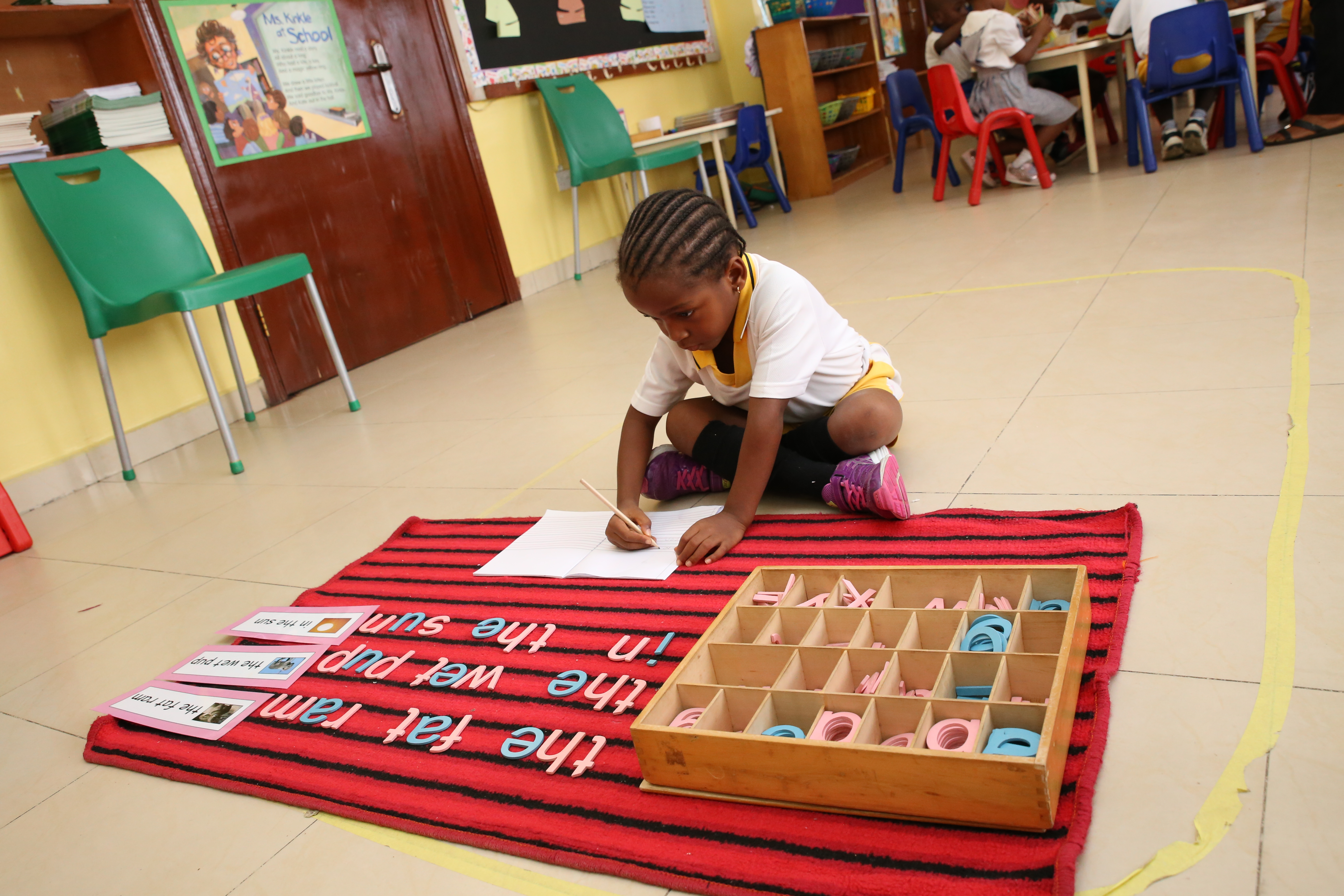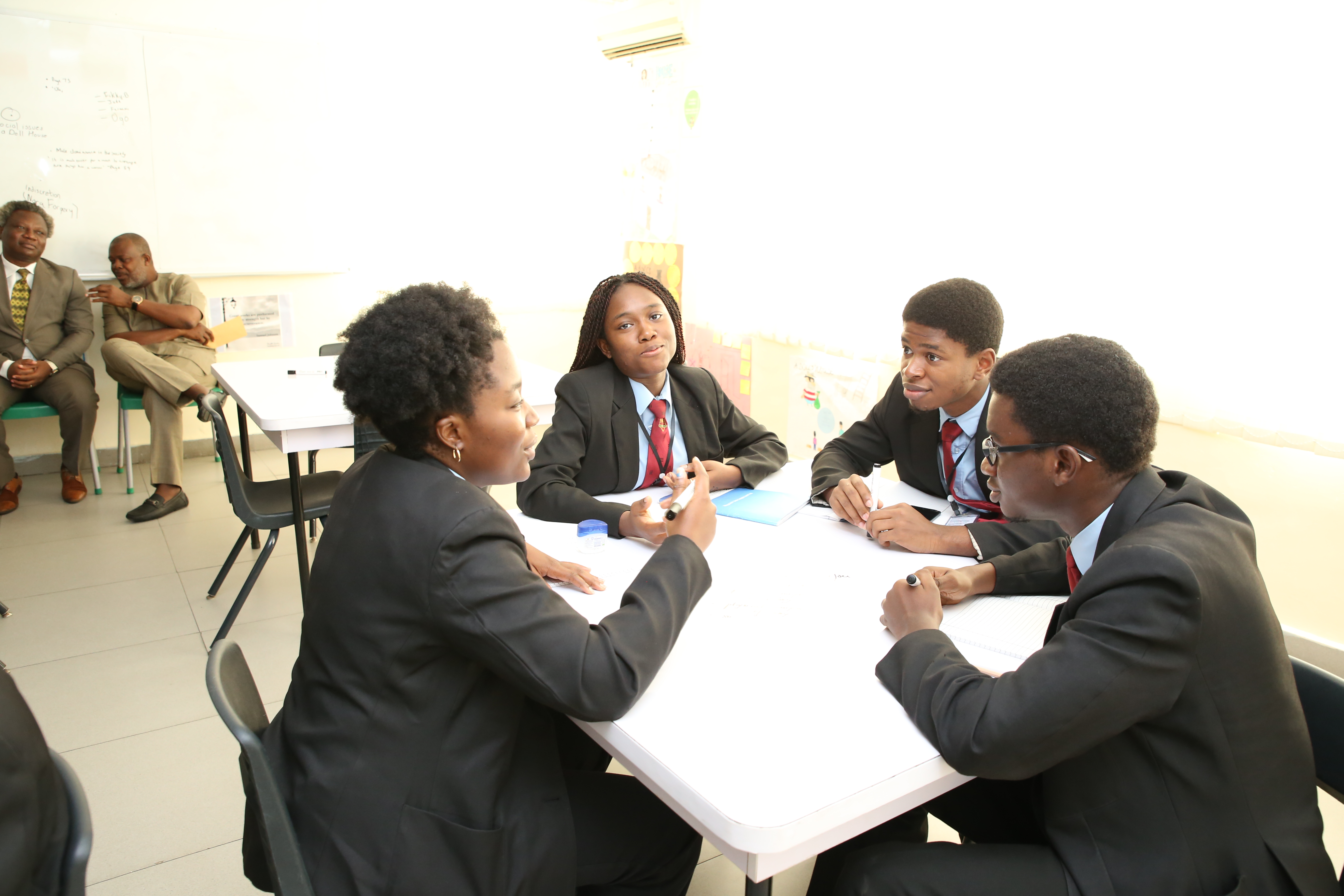
Quality education is a complex concept that thrives in a plethora of definitions, primarily because it consists of a combination of numerous factors. These factors include learning content, examination systems, planning, methodologies, life skills, literacy, curriculum, school management/administration, teacher-student ratio, suitable environment, among others. Quality education empowers all students to develop their talents and attributes. In the long run, it impacts on the economy positively.
What then is the definition of Quality Education?
Quality Education can be explained as a learning that provides the students (or learners) with all the capabilities needed to become economically productive. In addition, it develops a sustainable means of livelihood and it enhances their economic well-being. In regards to balancing quality education, some basic educational cycle need to be present. These include;
Major Factors That Influence Quality Education In Nigeria
- Management and Administration
This is perhaps the most important factor that influences the quality of education a child receives from a school. The major aim of the management system of any school is to adequately ensure that all academic procedures and learning processes are monitored and evaluated frequently. In addition to that, the school management set high standards and ensures that all these standards are strictly adhered to. All of these require regular inspection, renovation, documentation, record keeping and so on. This enables the management to track and measure successes and progressions.
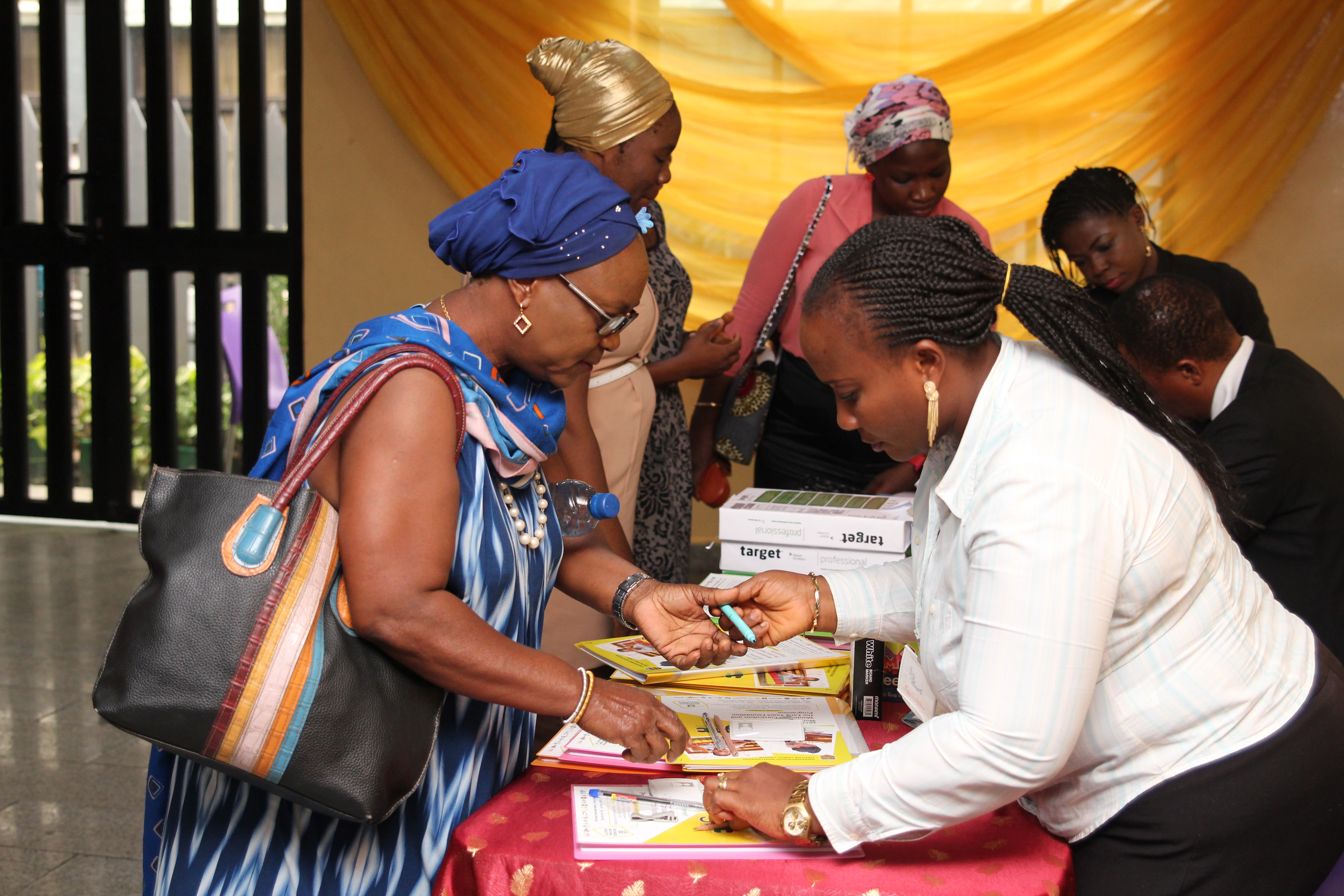
- Teaching Staff
When it comes to quality education and its impact in a student’s career, teachers are one of the main players involved. This means that for students to have quality education, teachers must be academically sound. This would aid in the transmission of knowledge which is extremely essential in improving the quality of education. Furthermore, teachers should care for their students by showing concern and affection. There should be distinct communication between teachers and students as the latter should be encouraged to express themselves irrespective of the issues they might be facing.
3. Educational Curriculum
The type of curriculum and teaching material used in the classroom is crucial in students achieving quality education. It needs to be constantly reviewed so as to ensure the basic learning tools, literacy skills are sufficiently emphasized. The curriculum should be dynamic and be open to either including or eliminating certain aspects. Basic knowledge on topics like nutrition, gender equality, government should be included as well. This is why Greensprings school has a robust curriculum that educates students on a variety of subjects. All these aforementioned factors work simultaneously to give students quality education.
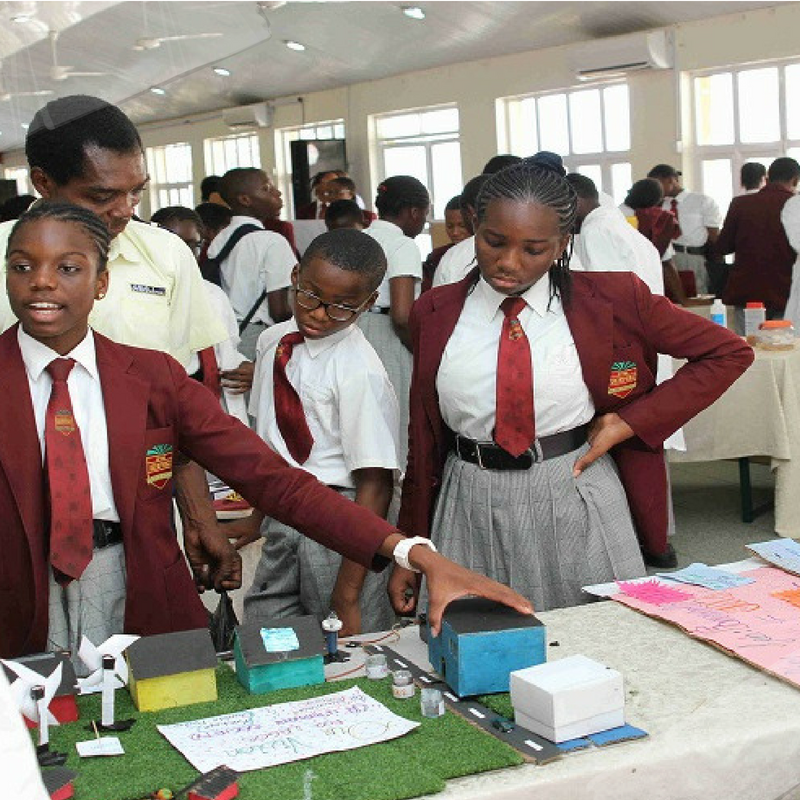 4. Learning Environment
4. Learning Environment
The environment in which students learn has a huge role to play when it comes to quality education. The learning environment needs to be safe, noise-free and favorable. The students also need to create a healthy social environment by respecting their individual beliefs and value systems. Students should not be victimized based on their race, religion, gender or socioeconomic status. The teachers should also ensure the school maintains a friendly atmosphere at all times.
Now that we have discussed quality education, the concept of creative learning needs to be explained.
The Concept of Creative Learning
Creative learning is not an entirely new concept. It essentially refers to the process of receiving an education using creative processes and methods. These creative methods include storytelling, designs, analysis, formulating theories among others. This is a better form of learning, as opposed to trying to memorize information by writing or copying lesson notes in the classroom. Creative learning makes students more active and participatory in class activities which automatically improves the students grades.
Creative learning involves a combination of these two basic features;
- Thoughtful Playfulness
This describes a learning scenario where students learn through experimental play. This “play” is somewhat serious as it involves a lot of exploration and development of endless educational possibilities, which are critically evaluated and tested.
- Flexibility/ New Algorithms
When it comes to creative learning, a whole lot of flexibility is involved. It is an absolute necessity here that all the usual form of learning methods need to be unlearned in order to start afresh and employ creative concepts of learning. For example, electronic boards, gadgets and other interactive learning tools should be used to educate students in the classroom.
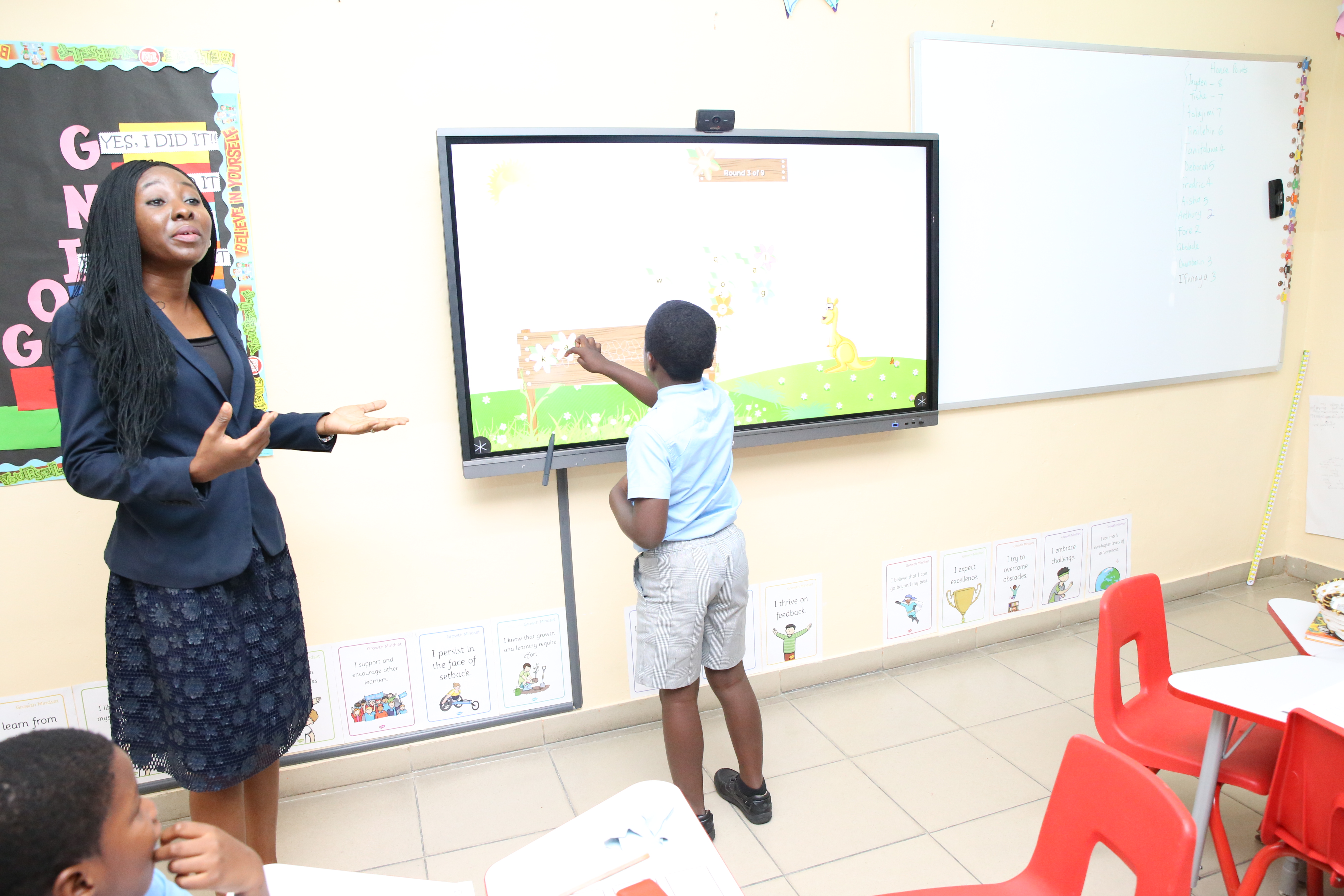
Types of Creative Learning in Nigeria
There are several types of creative learning methods used in Nigerian schools. They are as follows;
Conjecture: This is a creative learning method that asks the students to guess a particular information that is missing. This type of creative learning aids in imagination as it keeps their brains busy while they try to find out the missing information.
Hypothetical Questions: This form of creative learning encourages questions that depict imaginary scenarios, rather than actual happenings. It allows children explore their imaginations with endless thoughts and possible outcomes.
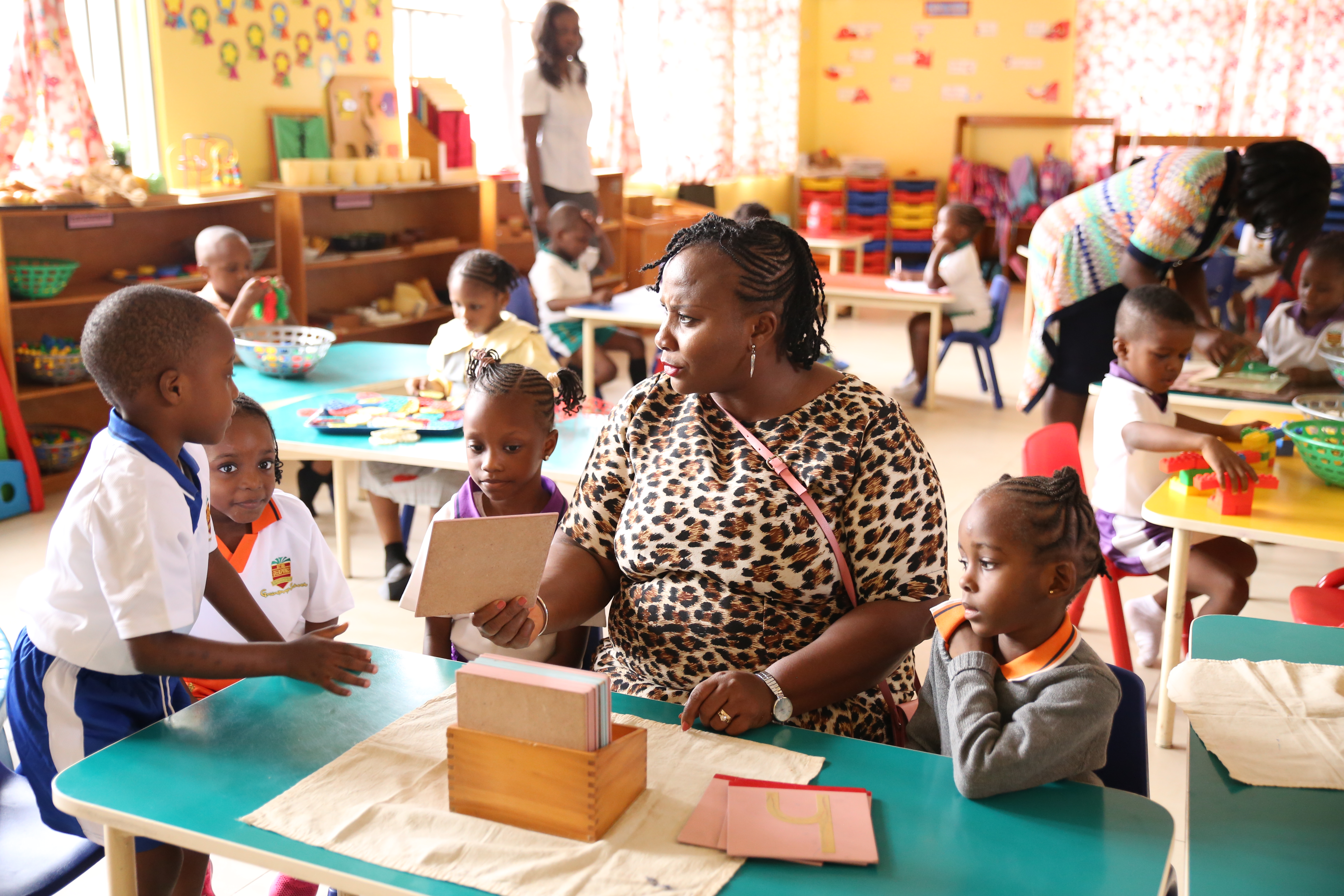
Open-Ended Questions: These questions allow students give unconstrained answers, instead of the usual “yes” or “no” answers. Here, there is no wrong answer, as students are encouraged to think outside the box. For instance, at Greensprings School, students are taught to use the different types of thinking hats to answer questions in the classroom. This is one of the many reasons why Greensprings School is Nigeria’s first “Thinking School”.
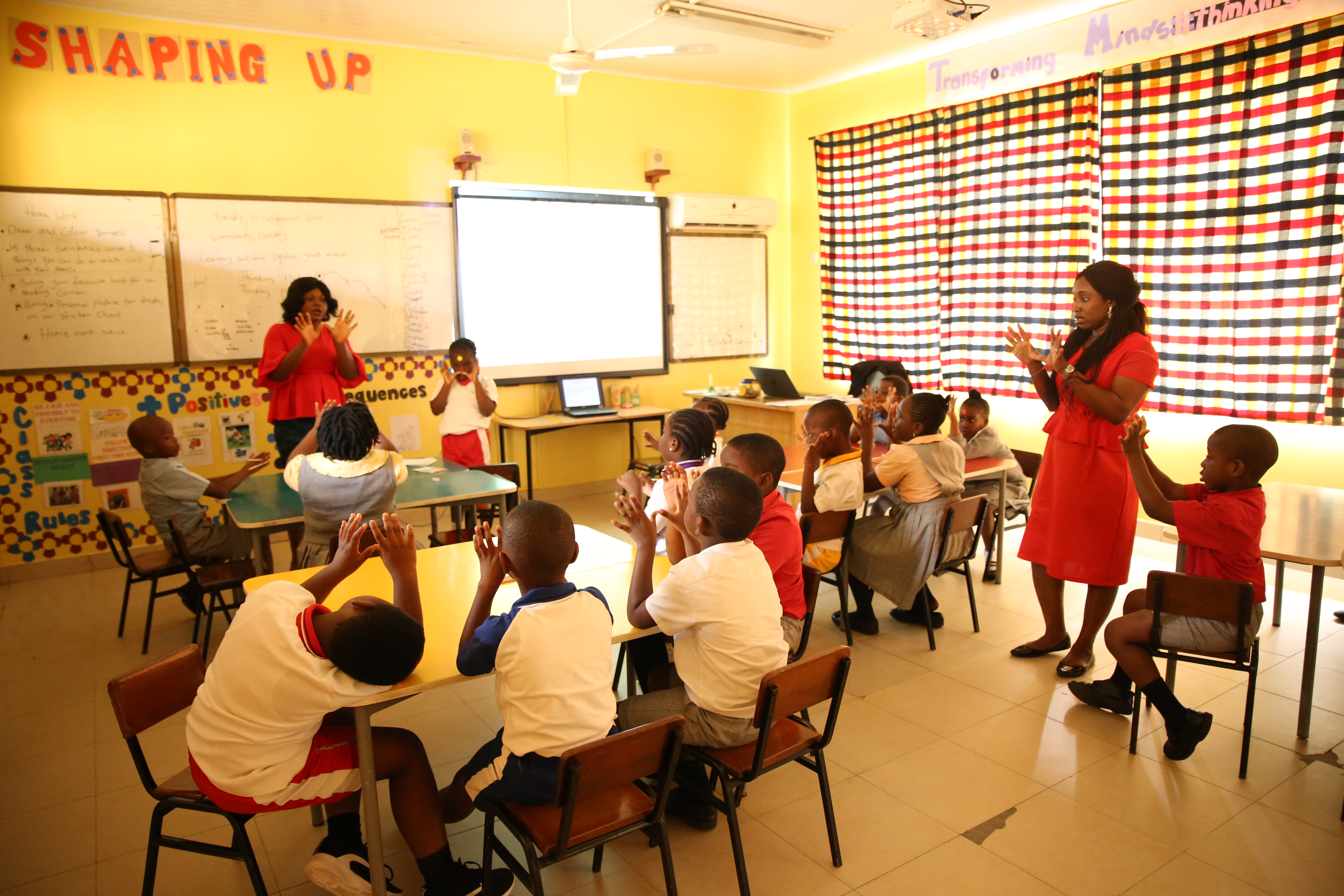 Abductive Reasoning: This is quite popular in science-related disciplines as theories are formed to fully explain the observations that have been taken. After reasoning and observation, the students would be able to draw inferences and conclusions.
Abductive Reasoning: This is quite popular in science-related disciplines as theories are formed to fully explain the observations that have been taken. After reasoning and observation, the students would be able to draw inferences and conclusions.
Abstraction: This creative learning method works with ideas that are very different from actual reality, however these ideas are used to explain the complex reality. They could be seen as models 0r theories in some cases, as they simplify reality.
Improvisation: The improvisation method works in terms of games and exercises that stimulate the brain to improvise certain scenarios that aid in learning. Improvisation makes substantial contributions in music lessons, sports, public speaking and much more.
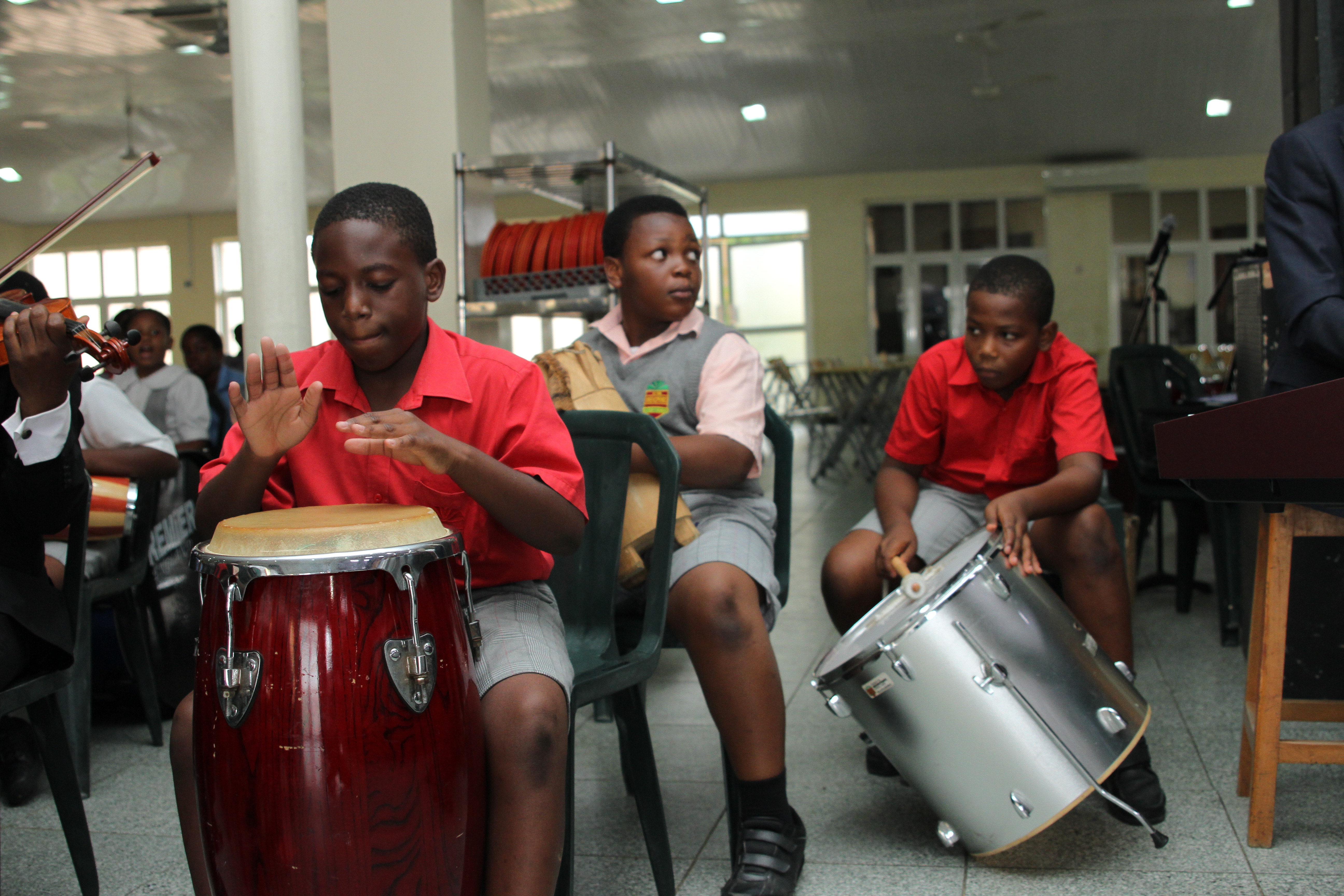
Debates: Here, the students are asked to take a side and develop arguments or strong points either for or against the side they choose. This aids in building their confidence and composure in a public setting. It also eliminates stage fright.
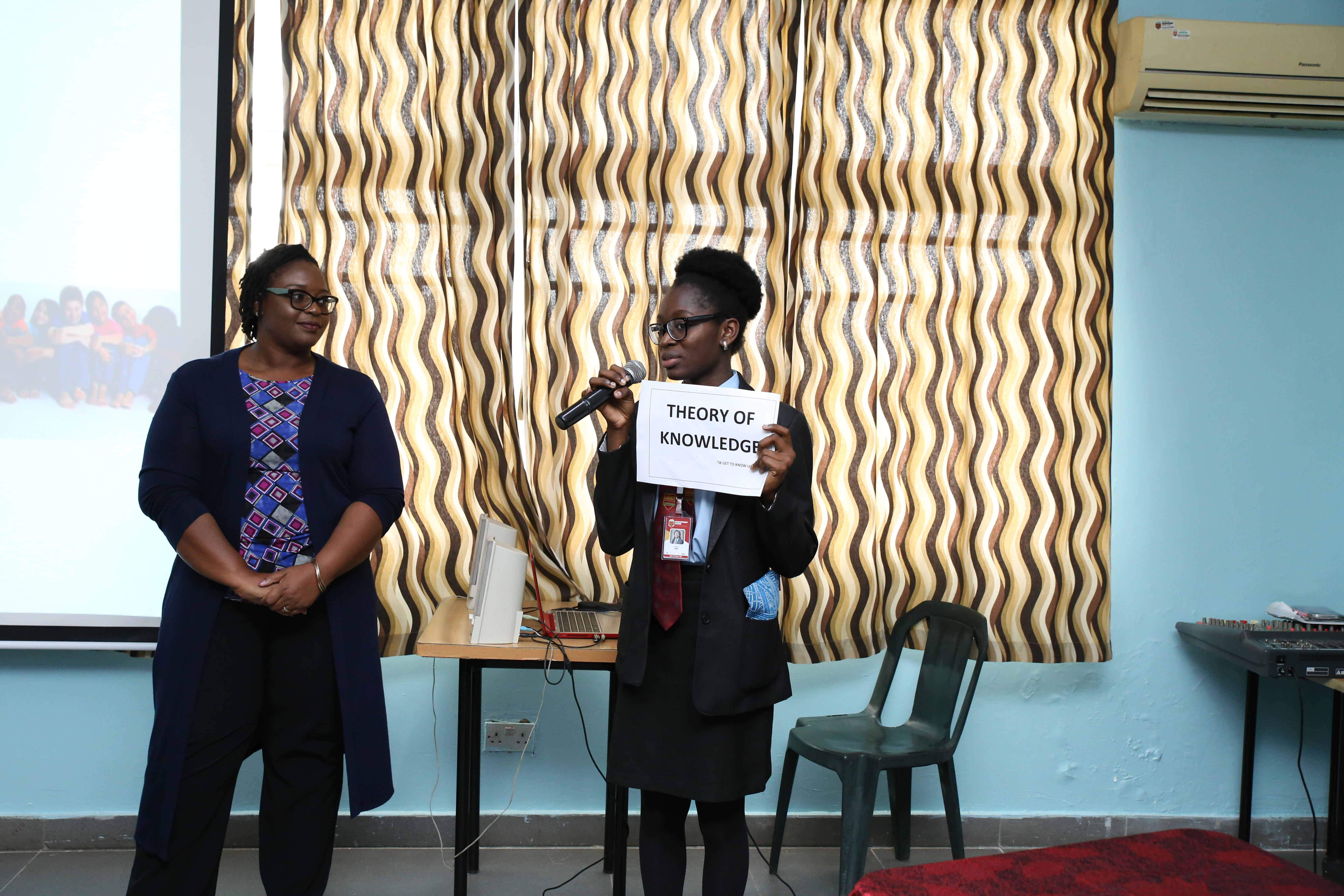 Counterfactual Thinking: It refers to a creative learning method that considers how some historical facts would have shaped the future. Students learn a lot about history and are able to understand the present to project the future.
Counterfactual Thinking: It refers to a creative learning method that considers how some historical facts would have shaped the future. Students learn a lot about history and are able to understand the present to project the future.
Analysis: Creative analysis involves the learner to break down tasks into smaller aspects, in order to get a better understanding. Disintegrating these tasks makes it easier to assimilate and complete the tasks in good time.
Creativity of Constraints: This involves imposing constraints to solve issues or make tangible decisions. The decisions need to be aligned with the constraints.
Analogy: Here, the learners develop an analogy to compare things among one another, so as to clarify or explain what is being learnt. Their knowledge of adequate comparison would be built here.
Tests and Experiments: In tests and experiments, hypothesis are developed and tests are conducted afterwards to either validate or refute the hypothesis. They are mostly used in science related disciplines.
Design: This has to do with designing an interesting solution to solve an existing problem. These designs involves artistic work that would be incorporated to proffer a solution.
 Introspection: Learners are asked to explain how certain things make them feel. It could be a musical composition, a book or a poem. The explanation is done through thoughts and emotions.
Introspection: Learners are asked to explain how certain things make them feel. It could be a musical composition, a book or a poem. The explanation is done through thoughts and emotions.
Thought Experiment : Learners are asked to communicate information as a thought experiment by asking learners to design thought experiments that will either validate or refute an idea. These experiments are sometimes carried out in a laboratory.
Storytelling: It is another interesting way of creative learning where the learners are asked to tell a fictional story that can help illustrate a problem for better understanding. It makes the information interesting and relatable.
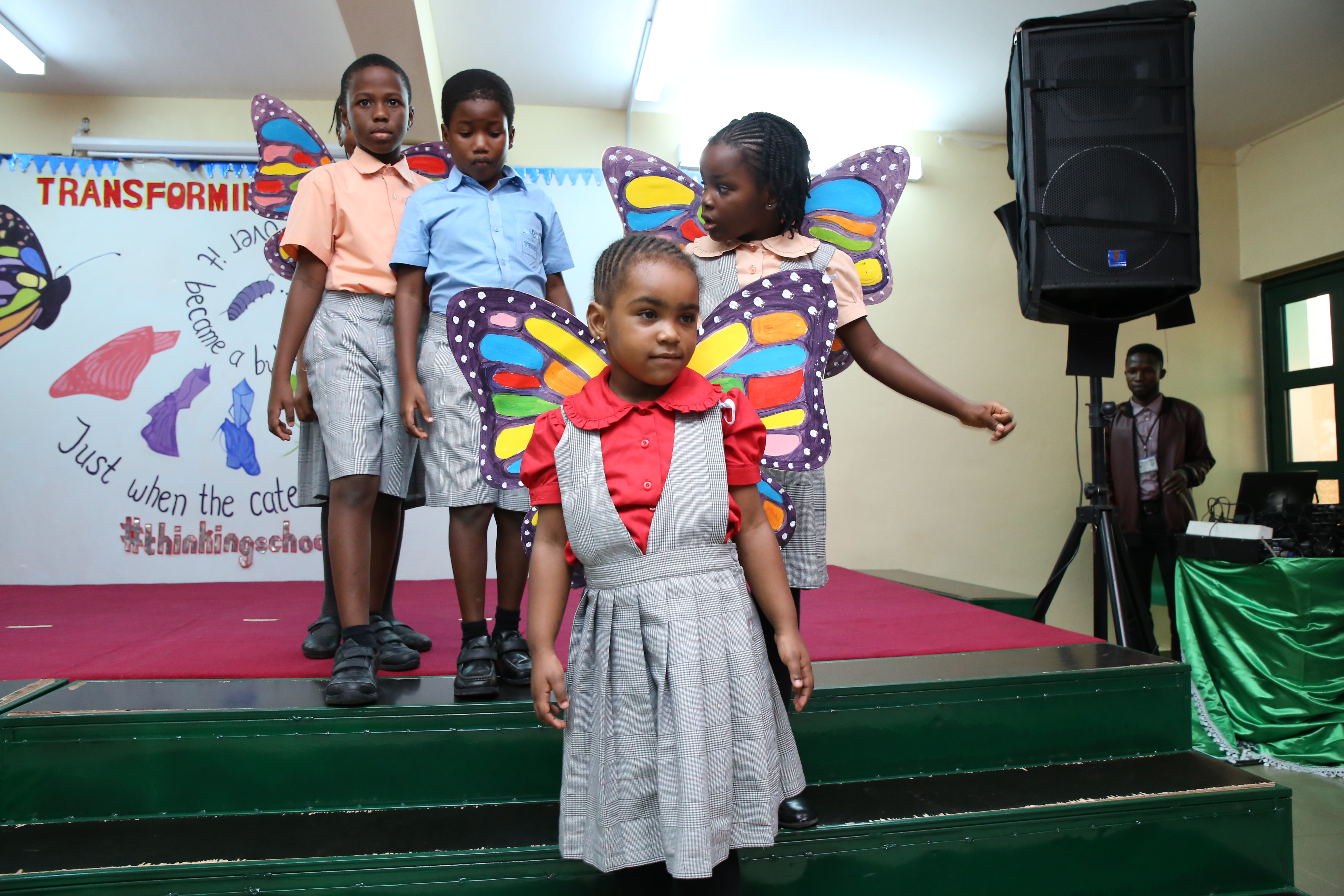
Balancing Quality Education And Creative Learning In Nigeria
The importance of impacting learners with quality education cannot be over-emphasized. There needs to be an existing and distinct balance between creative learning and quality education in schools in Nigeria. To balance this quality education with creative learning, the following methods algorithms should be incorporated.
Visual Reflection: Visual reflections need to be made so as to give students the opportunity to understand more deeply by enhancing their creative side. It could be through pinning their learning with sticky notes on a board, or making an illustration.
Hands-On Learning: When learners are taught a particular topic, there is a high probability that they might forget, but once they are involved, they understand better. It’s a great method of applying creativity to the traditional learning methods.
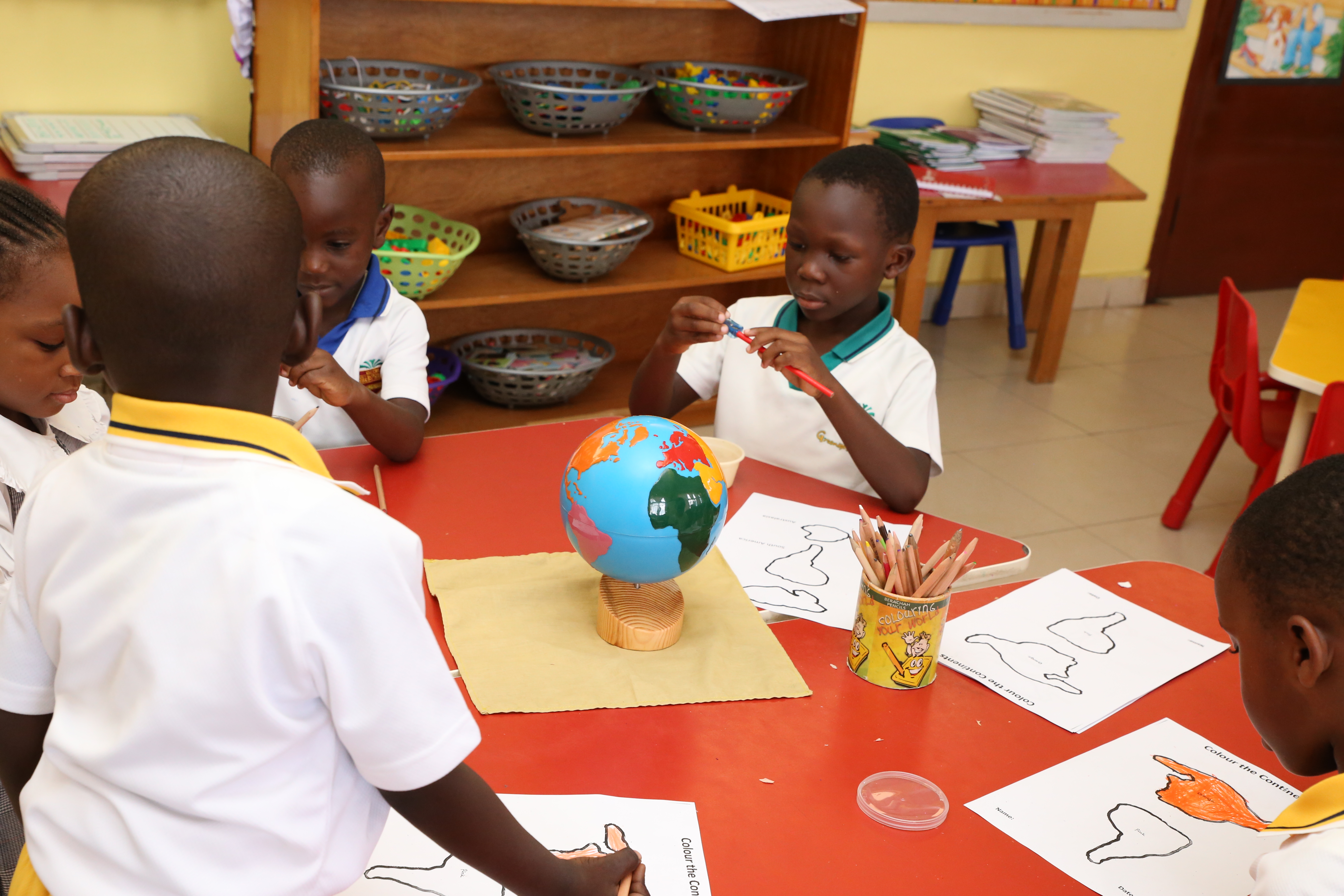
Classroom Humor: An amazing way to balance creativity with learning is by incorporating humor into learning. Cartoons, puns, relevant jokes can make the learning process interesting and interactive.
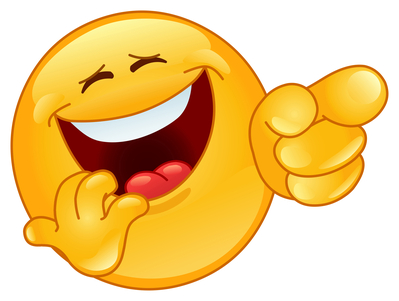 Assignment Formats: Students should be allowed to select the format in which their assignments should be done. This encourages the students to explore their creativity while keeping their brains busy.
Assignment Formats: Students should be allowed to select the format in which their assignments should be done. This encourages the students to explore their creativity while keeping their brains busy.
Encourage Discussions: Discussions should be encouraged regularly as long as they are meaningful ones rather than idle chatter. This enables students to voice out their opinions and helps them express themselves better.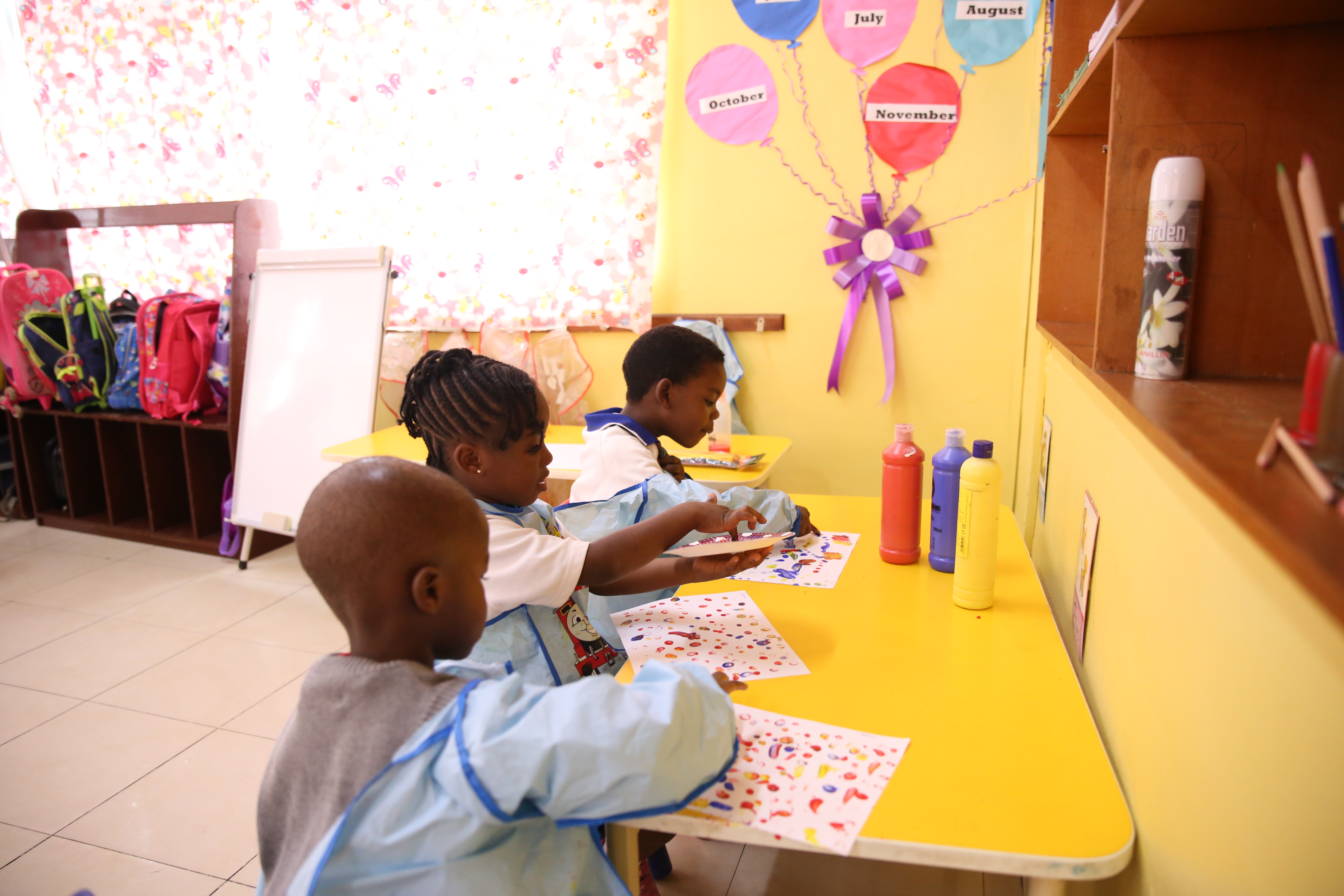
Colour Schemes: Contrary to what people believe, colours in the classroom shouldn’t just be for elementary school. It can also be used creatively for students in higher classes through stimulating ways like displaying quotes, wise sayings and other smart nuggets. In addition, it could be used to highlight important information in lesson notes. With colours, students are more likely to absorb information faster.
Inspirational Posters: Incorporating inspirational quotes and posters all around the school premises is an amazing way to encourage students to let out their creative potential. Students can be a part of it by coming up with one of two of their favorite quotes or sayings and putting them on the walls.
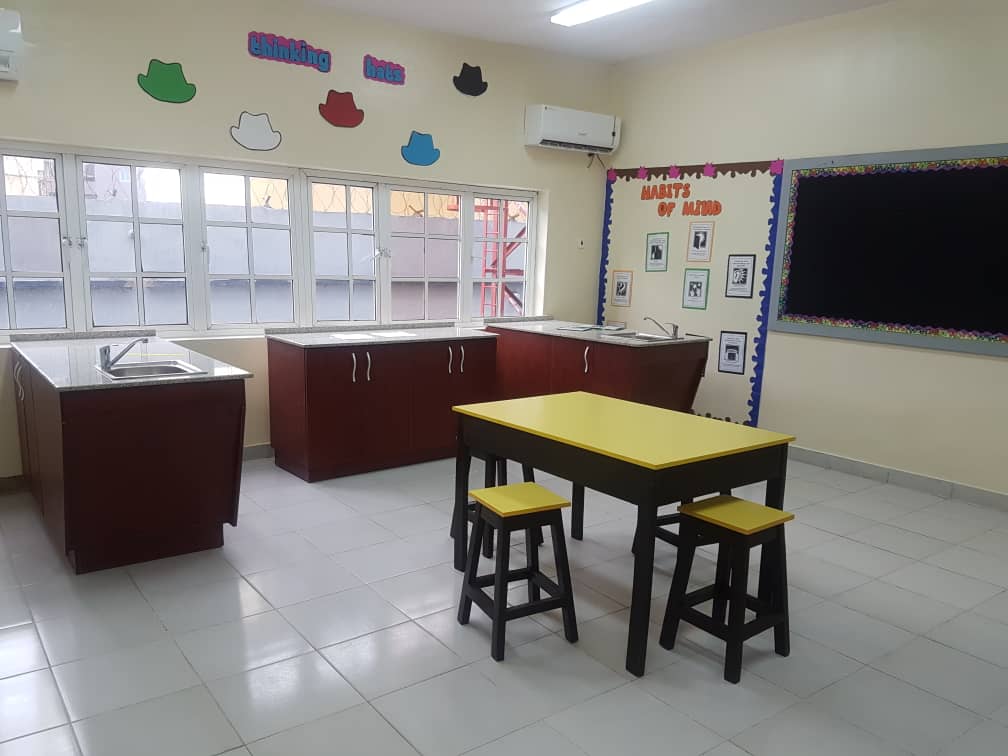
The school is no doubt the citadel of providing quality education for any learner. When it erupts with several creative learning methods, a great balance is guaranteed for the learner.

